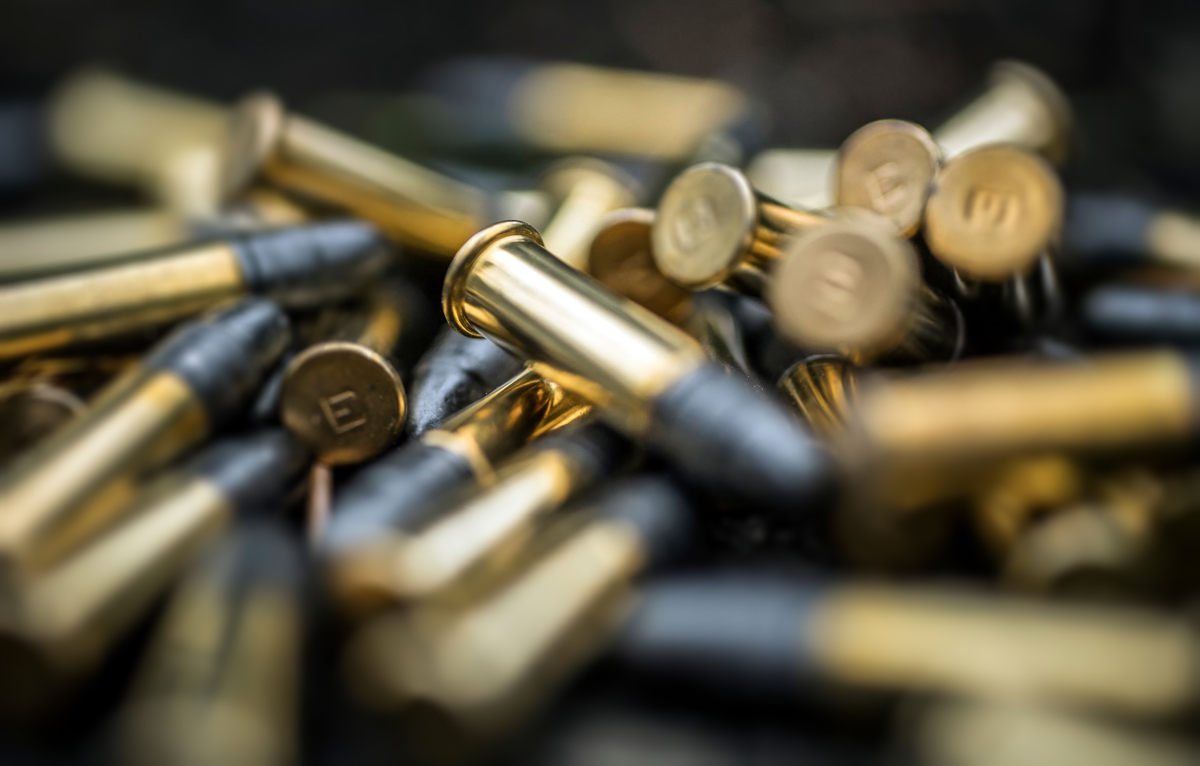Lubricant applied to .22LR ammunition is to ease repeated chambering.
The idea that lubricant sends the bullet down the barrel is a common misconception.
While it helps, it’s not its primary function.
All of ELEY’s .22LR rounds have some form of lubricating wax applied. The two main lubricants ELEY use is beeswax tallow and paraffin wax. So what’s the difference?
Beeswax tallow
As you may have guessed, beeswax is a natural wax produced by honey bees. The wax is formed into scales by glands in the abdominals of worker bees, and is then discarded in the hive. Beeswax has a more yellowy tint, whereas paraffin is a colourless substance.
The main difference, however, is texture. Beeswax tallow produces a softer, thicker and stickier lubricant as opposed to pure paraffin.
As a result, it creates a much more accurate round, because the softer wax minimises the effects of chambering.
Through tribological testing and verification, this effect has been examined by ELEY. As such, it is why ELEY apply it to its competitive, high-end ammunition such as
ELEY tenex and
ELEY match. It’s designed for precision and for those competing at the highest levels who want the most accurate ammunition available.
It’s important to note that due to the greasiness of beeswax, it will potentially pick up more lint and debris. As a result, beeswax residue will slowly build up and dirty the rifle or pistol chamber slightly more, so it’s important to have a proper cleaning regime in place. (Check out our other ELEY article for more information on
how to properly clean your barrel).
Paraffin wax
Comparatively, paraffin wax is a much thinner lubricant and remains harder than beeswax at any given temperature due to its higher melting point. This gives it a drier feel and is less prone to picking up debris.
Thanks to its harder texture, paraffin wax is more suited to semi-auto firearms as it doesn’t clog the mechanism. As such, ELEY use paraffin wax on its recreation rounds including
ELEY force and
ELEY action.
What’s more, paraffin’s cheaper price point makes it ideal for semi-automatic ammo to help keep costs down for shooters who are firing a large number of rounds at a fast rate.






